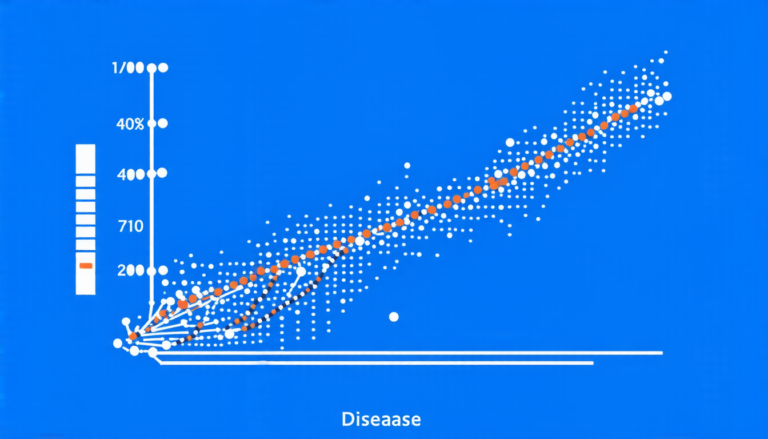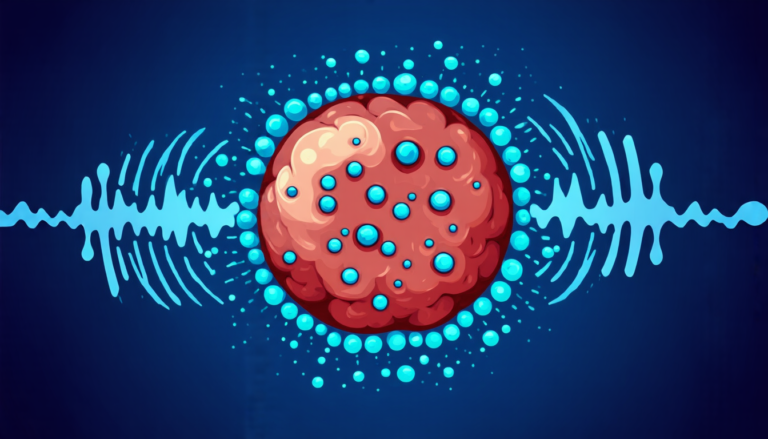Tuesday 22 July 2025
Researchers have made significant progress in understanding the complex relationships between random variables, a crucial aspect of causal discovery. Causal discovery is the process of inferring cause-and-effect relationships from observational data, and it has far-reaching implications for fields such as epidemiology, economics, and computer science.
Traditionally, causal discovery algorithms assume that the underlying graph is acyclic, meaning it does not contain any cycles or feedback loops. However, in many real-world scenarios, these assumptions do not hold true. For instance, in systems with feedback mechanisms, cycles can occur naturally.
To address this limitation, researchers have developed a new approach to characterize cyclic graphs using a mathematical construct called characteristic imsets. Imsets are vectors that encode the structure of a graph and can be used to identify equivalent graphs – those with the same pattern of dependencies between variables.
The study shows that for cyclic graphs, characteristic imsets can be used to identify equivalent models, which is crucial for causal discovery. This means that even if the underlying graph contains cycles, the algorithm can still infer the correct cause-and-effect relationships.
The researchers have also investigated the properties of the Chickering ideal, a mathematical object that captures complete information about covariance equivalence for acyclic graphs and partial information in the cyclic case. They found that the degree of the Chickering variety – a measure of its complexity – is finite, which has important implications for computational algorithms.
Furthermore, the study highlights the importance of understanding the relationship between model equivalence and characteristic imset vectors. Model equivalence refers to the idea that two graphs are equivalent if they induce the same set of covariance matrices on the random variables. The researchers found that not all graphs with the same skeleton – the pattern of dependencies between variables – share the same characteristic imset vector.
The findings have significant implications for causal discovery algorithms, which often rely on score-based approaches to identify the underlying graph. By incorporating characteristic imsets and Chickering ideals into these algorithms, researchers can improve their accuracy and robustness in the presence of cyclic graphs.
The study is a significant step forward in our understanding of the mathematical properties of causal models, particularly those with cycles. As researchers continue to push the boundaries of causal discovery, this work will provide valuable insights and tools for tackling complex real-world problems.
Cite this article: “Characterizing Cyclic Graphs for Accurate Causal Discovery”, The Science Archive, 2025.
Causal Discovery, Random Variables, Cyclic Graphs, Characteristic Imsets, Chickering Ideal, Model Equivalence, Covariance Matrices, Score-Based Approaches, Robustness, Computational Algorithms







